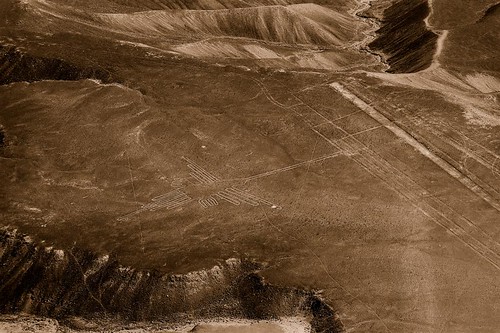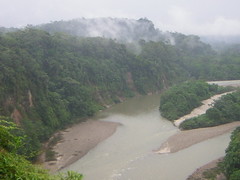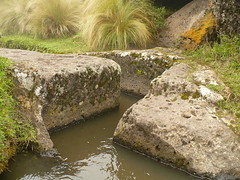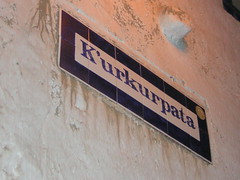A tale of colonial ships and Peruvian gold
In May 2007, US company Odyssey Marine Exploration discovered $500,000,000 of Peruvian gold and silver coins from the sunken colonial ship Nuestra Señora del las Mercedes. Spain immediately claimed the bounty as property of the Spanish crown, as did Peru. The saga begins more than 200 years ago, and is one that is only now coming to an end.
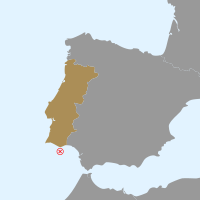
Location of Mercedes
The 5th of October 1804 was a day that began just like any other. The sea was calm and there was a light wind. The weather conditions that accompanied the frigate named Nuestra Señora del las Mercedes gave no clue to the events that were to unfold that day. Major Diego de Cádiz y Ponce de León was up early and wrote in his log that from the highest parts of the ship they could just make out the coast of Cádiz.
When the crew had already begun preparing for landing, at 8 o’clock in the morning, the Clara, one of the three other frigates that accompanied the Mercedes, announced the dreaded sighting of British warships.
Dismayed, and despite being in a supposed time of peace, the Mercedes, Clara, Medea and Fama were placed on alert for battle.
France was at war with Britain, and Spain, although not directly involved, was a French ally.
“From which port did you set sail?”, they were signalled. “From America to Cádiz” the Spanish replied.
The eventful journey had begun six months earlier at the port of Callao, in the Viceroyalty of Peru. The Mercedes was laden down with 253,606 pesos of royal money and 691,205 pesos of private money – this made up of around 700 gold coins. It also carried quinine and several kilos of vicuña wool, tin and copper ingots and two bronze cannons.
Peruvian Gold and Silver
Much of the cargo belonged to creole merchants from Lima. The extraction of gold and silver doing these final years of Peruvian pre-independence was brisk and a large number of coins were minted in Lima with Spain as the main destination.
Although at this time the independence of Peru was still a few years away (José de San Martín was a young 26 years old and Simón Bolívar was just 19), Túpac Amaru had begun a revolution 23 years earlier against the Spanish Crown. The idea of independence was not far from becoming established.
“There was a clear notion of difference with Spain”, says historian Joseph Dager, with thoughts of independence already forming. For the Mercedes however, the only thought was arriving to Cádiz safely with its Peruvian cargo.
“What this ship was carrying was a Peruvian cultural product. If this was textiles from Paracas or Moche ceramics nobody would doubt that the goods belonged to Peru. If one applies the same reasoning, these were Peruvian coins minted in Peruvian territory from Peruvian gold, culturally part of this nation”, the historian explains.
The Sinking
A British official boarded a small boat and headed towards the Spanish lead ship.
“By order of Her Majesty I must retain these ships even at the cost of a close battle”, he courteously explained, continuing that they had been waiting for their arrival for several days. He kindly requested that the Spanish surrender and accompany him, but they refused.
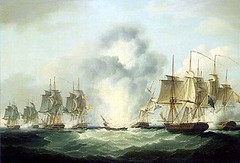
Battle
No sooner had the official re-boarded his small ship, the battle began. After half and hour of fighting, at about a quarter past nine, one of the British shots hit the Mercedes’s gunpowder store. “The ship just blew up”, was said to be the last entry in its log.
A heavy rain of wooden debris and soot covered the other three Spanish ships as the Mercedes sunk with its cargo and 270 crew members, including the major’s wife and children.
“The British attacked the Spanish ship believing it’s cargo was bound for Napoleonic France, first to try to seize what was on board and second just because Spain had allied itself to France”, Dager explains.
The discovery of Nuestra Señora de Las Mercedes and is subsequent looting by the US company Odyssey Marine Exploration, uncovers evidence of the intimate and interconnected history shared between distant Europe and Peru.
The Peruvian Claim
In May of 2007, Odyssey announced the discovery of a treasure of 17 tonnes of gold and silver. Day’s earlier, in a secret operation, the company robbed the historic site when it removed the treasure with robot submarines and took it to Gibraltar to be flown to the US is a series of flights.
Weeks later, faced with a court order in Tampa, Florida, and with the coins in judicial custody, the company stated that the treasure had been discovered off Portuguese waters, that what they had found were all that was there and that there were no remains of the Mercedes.
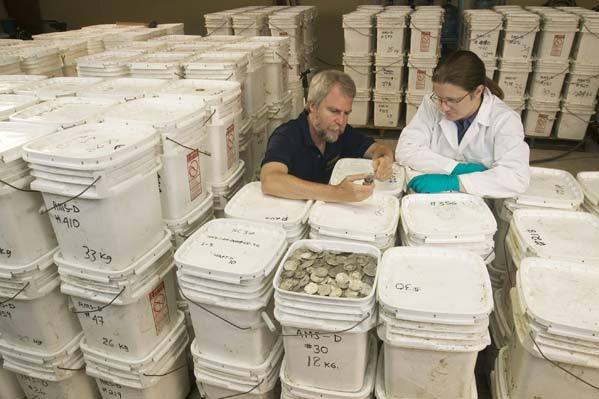
The coins in judicial custody
However, according to the cargo manifest, the Mercedes was carrying around one million pesos of silver: Odyssey seems to have declared a little more than half (58%).
“There’s no way of knowing if they found any more”, sustains Francisco Yábar, representative sent to the US to corroborate the origin of the coins now claimed by Spain. “The grand majority of the coins are from Peru”, he concluded after analysing the evidence.
This formed the basis of the Peruvian claim. “These coins were taken from here, the fruit of the labour of various Peruvians. What we have requested of the judge is to define the ownership of the cargo which constitutes part of Peruvian cultural heritage”, insisted ambassador Liliana Cino.
According to international law, ownership of private goods such as this are transmitted to the state from which they originated.
Spain, who at first supported Peru’s claim and considered sharing the coins when it seemed the US company would be allowed to take everything, now claims the entirety of the discovery on the bases that Peru at the time did not exist as a country, that Peru, its people and their production was all property of Spain.
“We were a subjugated state, but a separate one”, the ambassador affirms.
“These coins were not produced in Spain with Spanish labour, but in Peru with Peruvian labour”, Dager adds. “Perhaps Peru belonged to the Spain of 200 years ago that no longer exists, but it didn’t belong to the Spain that exists today”.
US sides with the colonial power
On the 23rd of December 2009, judge Steven D. Merryday of the Tampa court dismissed the Peruvian demand, affirming that Peru was indeed property of the then Spanish Crown and thus the Spanish state that exists today.
He gave Odyssey 10 days to transfer ownership of the coins to Spain, now worth about $500,000,000 USD. However, Odyssey have appealed, as has Peru.
Adapted from an article by El Comercio
Tags: 1800s, callao, colonial, gold, independence, lima, Odyssey Marine Exploration, ship, shipwreck, spaniards, treasure



